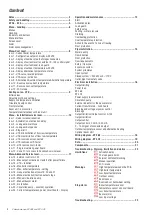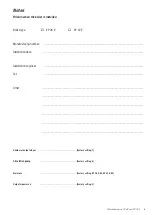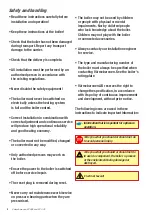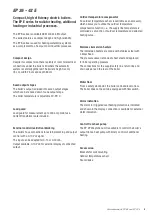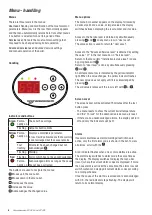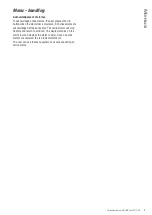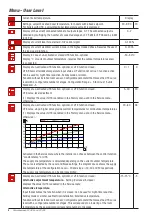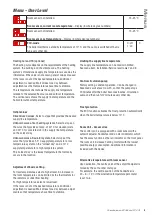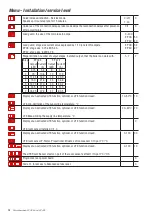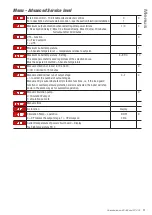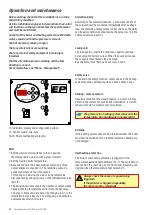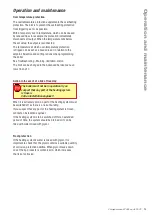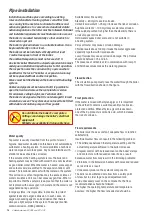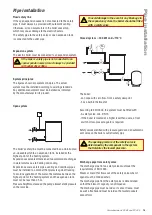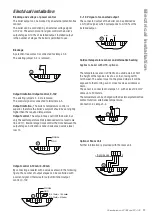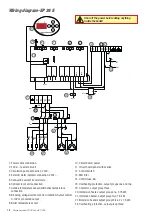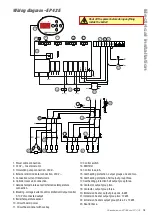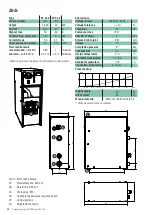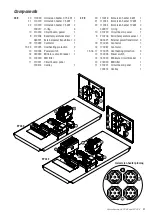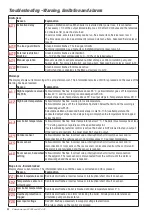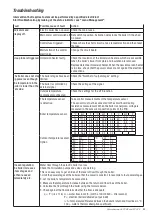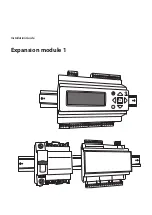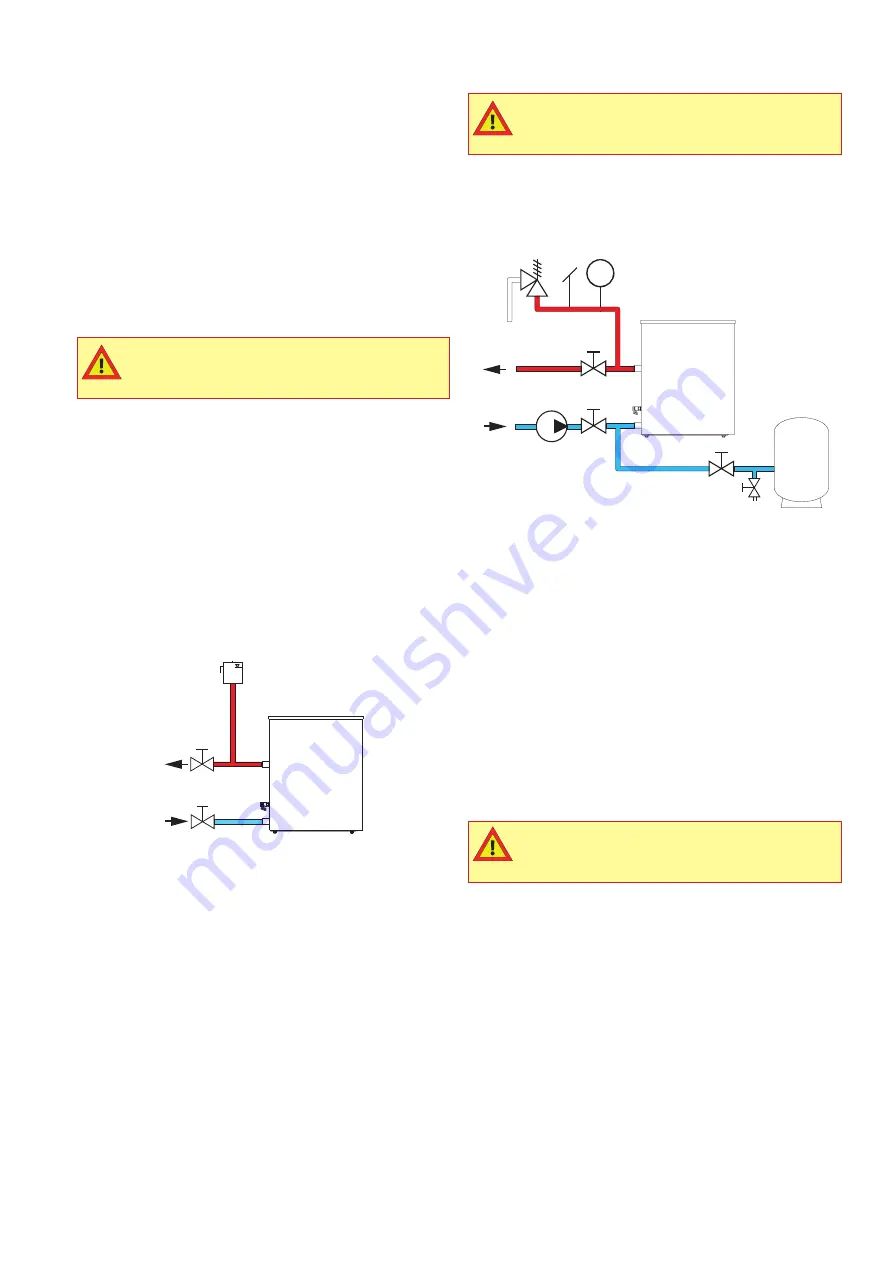
P
ip
e
i
n
s
ta
llat
io
n
15
Värmebaronen EP 26E and EP 42E
Flow/safety line
If the open expansion vessel is not connected to the safety
pipe, it must always be provided with automatic venting.
Otherwise, air can accumulate in the boiler vessel top,
which may cause damage to the electric heaters.
The safety pipe to the safety valve or open expansion tank
is connected to the outlet pipe.
Expansion system
The electric boiler must be connected to an expansion system.
If the boiler’s safety pipe is not connected to an
open expansion vessel, it must always be provided
with automatic venting.
System principles
The figures shown are system principles. The actual
system must be installed according to existing standards.
Any additional equipment must be installed as indicated
by the manufacturer for its product.
Open system
The boiler's safety line must be connected in an uninterrupted,
un-closeable pitch to an expansion tank, installed at the
highest point of the heating system.
Expansion vessels are dimensioned to accommodate changes
in water volume due to heating and cooling.
Expansion vessels, safety pipes, venting and overflow pipes
must be installed in a manner that protects against freezing.
To avoid oxygenation of the water, the distance between the
highest point of the heating system and the expansion tank
must not be less than 2.5 m.
Pressure height must exceed the pump's.lowest static pressure
on the low side.
To avoid damage in the event of any blockage in
the expansion system, the boiler should be fitted
with a safety valve.
Closed system
≤
300 kW and < 110°C
Pz-
The boiler:
- can cope with zero flow, from a safety viewpoint
- has a built-in thermostat.
According to EN 12828, the system must be fitted with:
- A safety valve, min. DN 15.
- If the boiler is located at a higher level than users, a float
switch or low-pressure guard is required.
Safety valves are fitted with pressure guards and an automatic
vent valve on the boiler's outlet/safety pipe.
The opening pressure of the safety valve is
determined by the component in the system
that tolerates the lowest pressure.
Discharge pipe from safety valve
The discharge pipe from a safety valve must meet the
requirements of EN 12828.
Steam or liquid that flows out of the safety valve when it
opens must be drained safely.
The discharge pipe from the safety valve is dimensioned
so that the blow-off capacity is not impeded.
The discharge pipe must be laid so it cannot freeze, must
be well attachedand must be laid so that water pockets
cannot form.
Pipe installation


